Waking after a few hours of sleep in newly arrived Khartoum, we learned the the weekly camel market at Muehjle was held precisely that very day. One of the places I was very eager to see in Sudan, but to go there after only a few hours of sleep was not really appealing. Kelly and I were dead tired, our flight had arrived at 2am and we had planned to spend the day leisurely in Khartoum. Besides US 60 for a car plus driver seemed a lot. Well, we were so glad we did it, it was such a great experience. The camels are bread in Darfur and are walked all the way up to Khartoum where they are sold and put on trucks to be finally sold and slaughtered in Egypt. In former days the camels walked all the way to their deaths, which took them 24 days.
Kelly and me walking around the dusty place drew quite some attention. We were fascinated by the sheer number of animals that were either trotting around, sleeping or resting in the sand. Some had one leg tied up, those were the naughty ones we were told that love to stray off.
Needless to say, this is a men’s world. We took countless selfies of all these men who look after the animals and were just happy that the travel guides were just outright wrong on the issue of photography. Unisono they claim it is so difficult to take photos of people in Sudan. A lesson important to learn on our first day in the country.
Not less spectacular was the cow market, large crowds of cattle stirred up so much dust that when we were approaching we thought it was a sandstorm. The guys who look after the animals wrap their faces with thick cloth or dust masks. Donkeys, goats, even horses are also sold.
Omen, our driver spoke excellent English and we learned a lot about life in Sudan his family.
Alzeers – Sudanese water jars
These jars are seen every in Sudan, mostly in rural area along the roadside, even in very remote regions. In a super-dry country like Sudan such a custom makes sense, although we always wondered who refills them. Once we passed a large pile of these Alzeers that were for sale, right in front of the site they were produced.
We were asked inside and allowed to watch how these huge jars are made. Large piles of sand that had been brought up from the nearby Nile were cleaned with very basic methods. It is very important that all pieces of plastic, pebbles of stone are removed as these would making perfect pottery impossible. After that the sand is mixed with water and laid out in a circle. A bare-foot man keeps stepping on it, very methodically to make sure the sand and the water mix and to detect the tiniest piece of “rubbish”.
Then the clay is formed in longish chunks and passed to the person on pottery wheel. He manages to produce about 25-30 of these giant jars, each costs about 35 SDP (2 US). The kiln was a handmade hole dug in the ground. Very hard work indeed

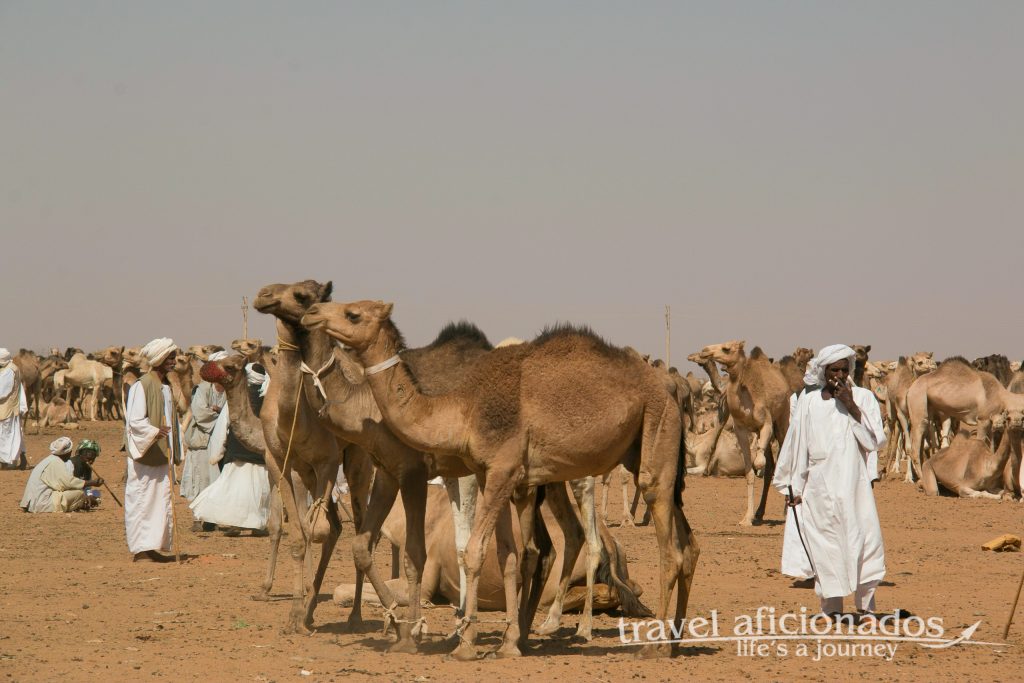
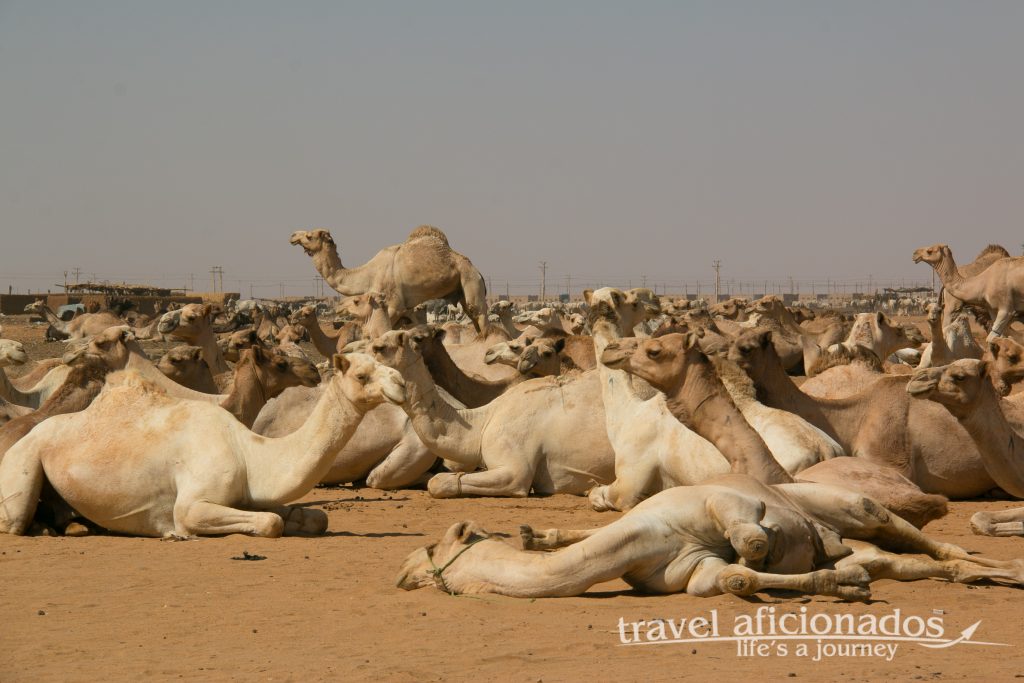
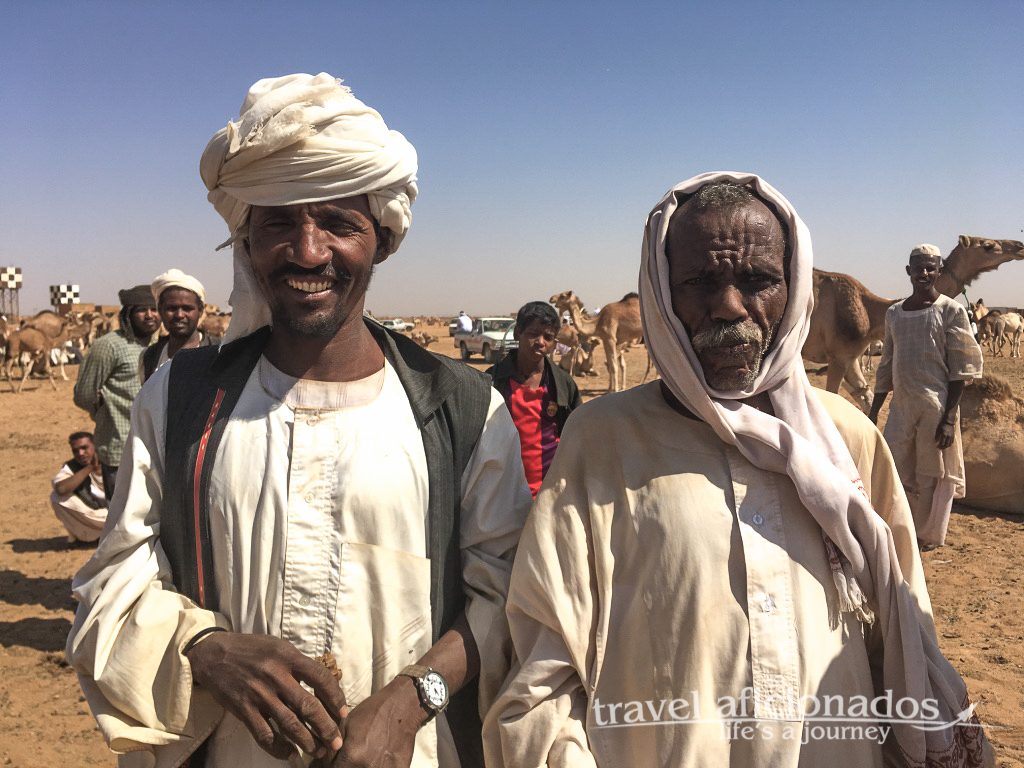
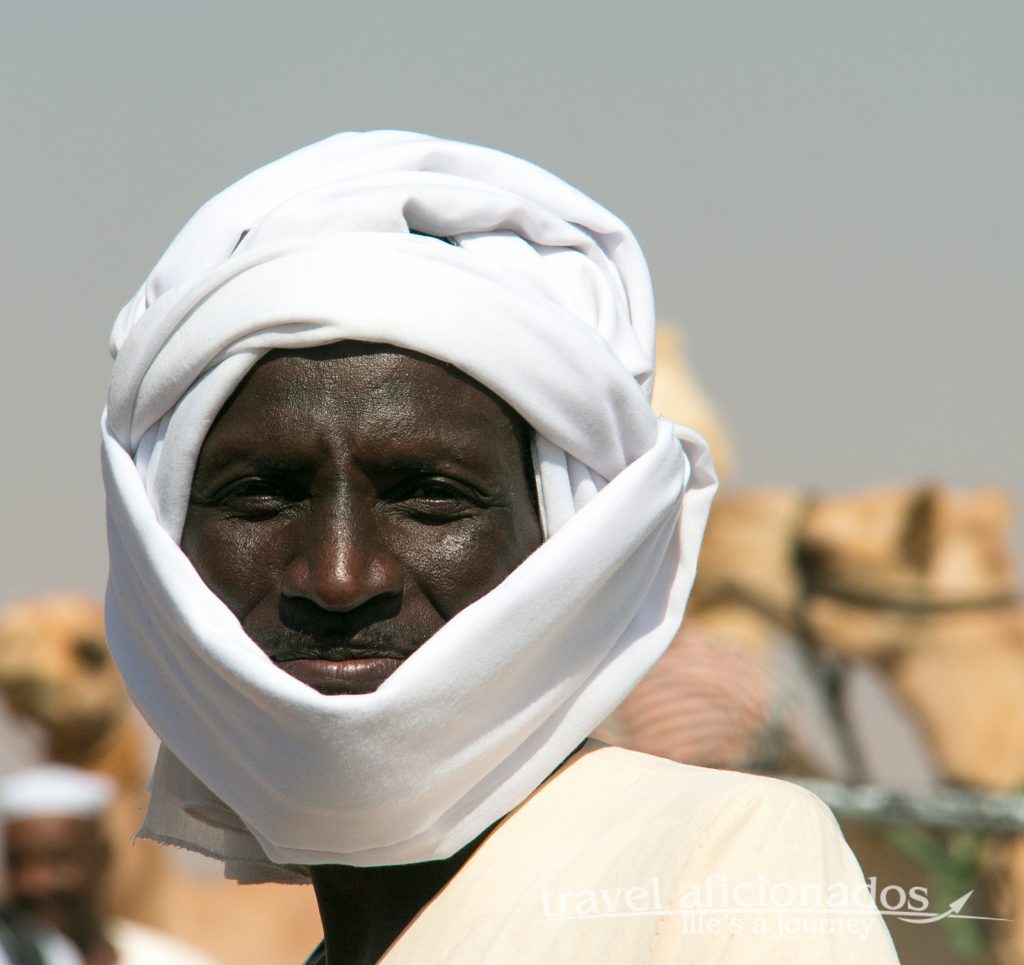
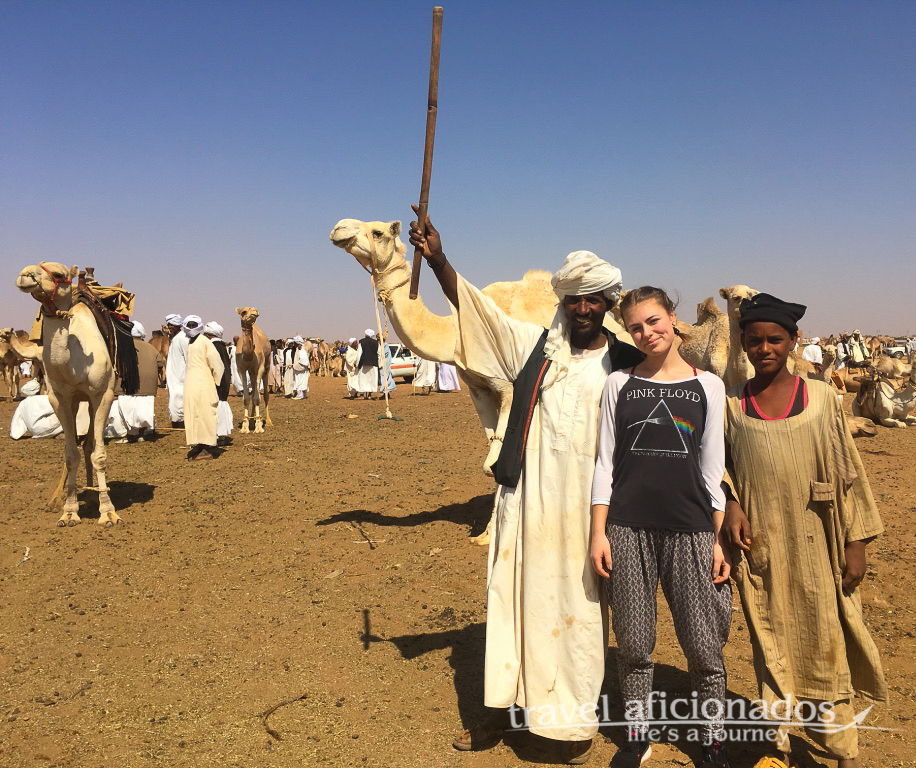
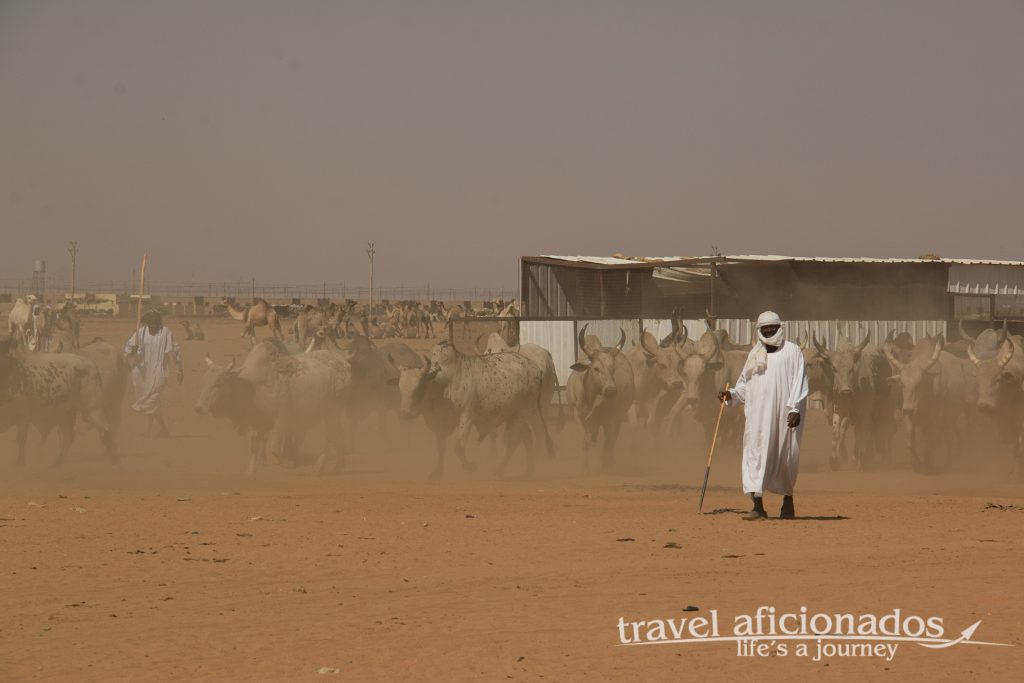
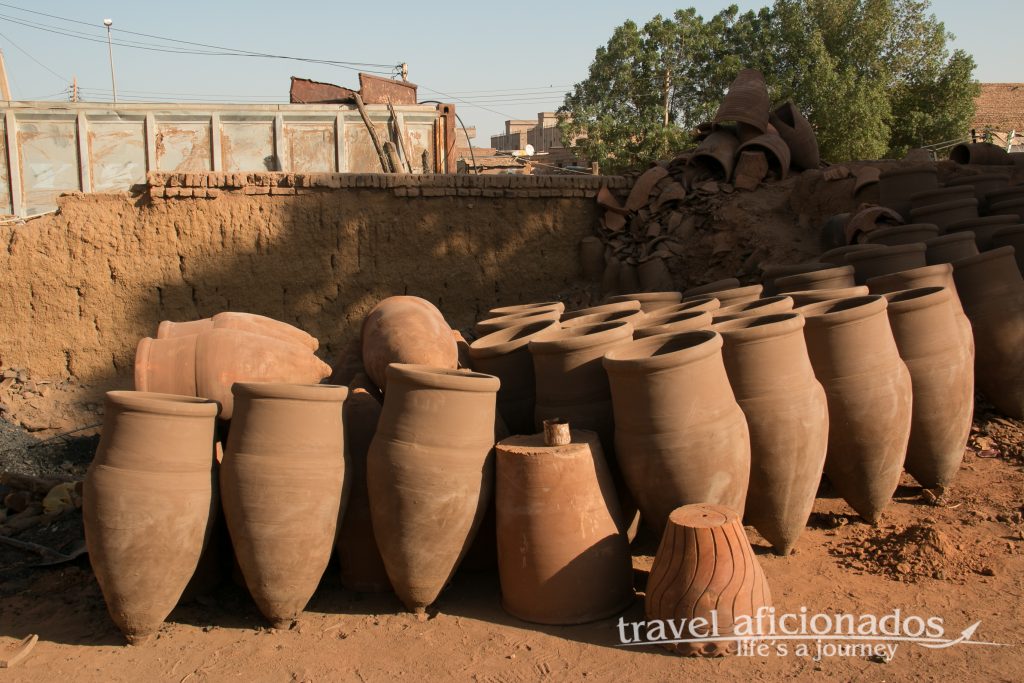
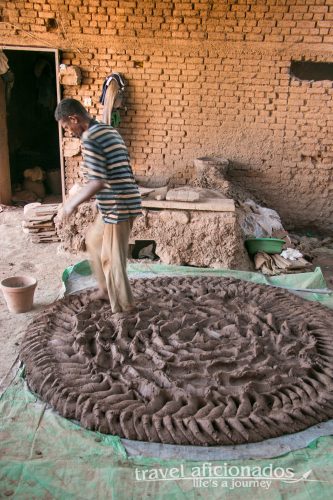
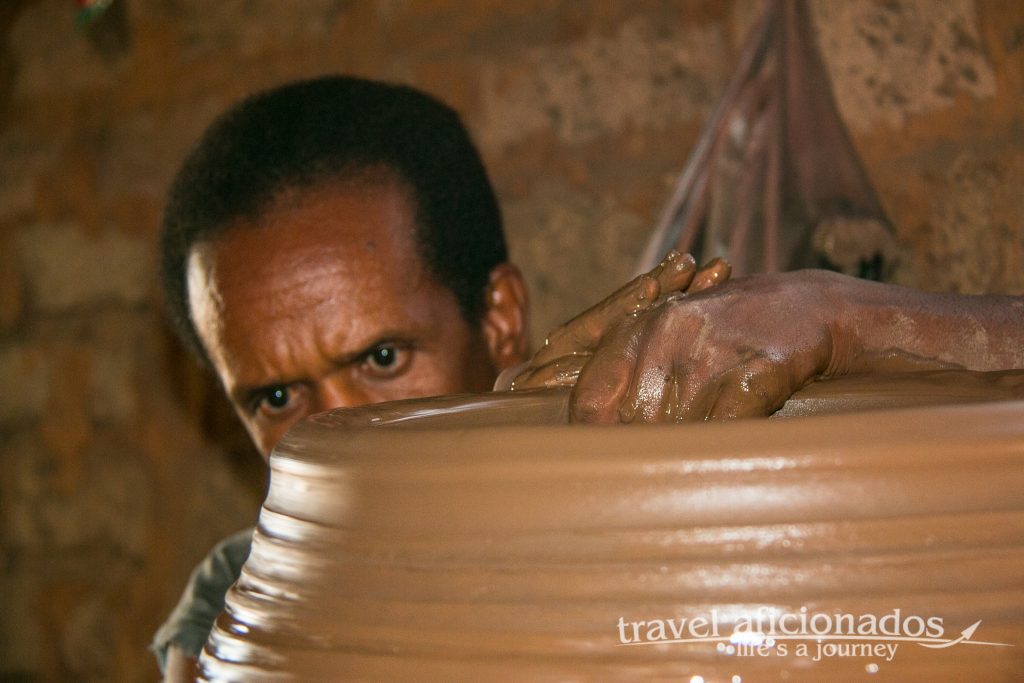
No comments yet.